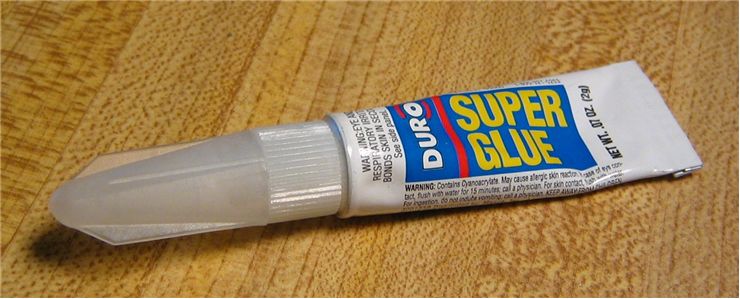History of Super Glue - Facts about Super Glue
Super glue is one of the most popular types of glue products that has over the last 70+ years of its history managed to be tweaked and repurposes to serve countless functions – from gluing small electronic parts in all our computers and mobile phones, to woodworking, home construction, cosmetic all the way to police forensics and medicine.
Originally created as an accident by Harry Coover Jr in 1942 and first sold in 1958 under the name “Eastman 910”, this glue and its family of its family of fast-acting Cyanoacrylate adhesives are today manufactured all around the world. In their basic structure, they are suynthetic polymers that have incredibly strong tendency to stick to other objects and instantly harden and become solid. Here is how they are made:
- Raw ingredients that are needed for creation of cyanoacrylate polymer are ethyl cyanoacetate, formaldehyde, nonreactive gas (usually nitrogen), free radical inhibitors, and base scavengers.
- Ethyl cyanoacetate is placed into mixing kettle that is heated by gas, and then slowly formaldehyde is added.
- Reaction between those two compounds breaks down Ethyl cyanoacetate into monomers, which are transported as gas through actively-cooled metal pipes. Condensed monomers are captured as liquid.
- Liquid monomers are already almost ready to be used as super glue, but before that can be done they need to be processed just a little more. Free radical inhibitor chemicals and base scavengers are added to purify the liquid, remove all undesirable elements and add it ability to remain in liquid form for a longer period of time (if not this, super glue would quickly harden even inside its unopened packaging).
- Necessary additives are added to make super glue perform as needed (it can be used in countless situations, and specific recipes are needed for all those uses), including coloring.
- Final step before packaging has to be removal of water from the glue liquid. This is performed by heating the gas in the containers that are pressure sealed and filled with non-reactive gas (nitrogen). This prevents fresh glue to harden when it is in contact with moisture.
